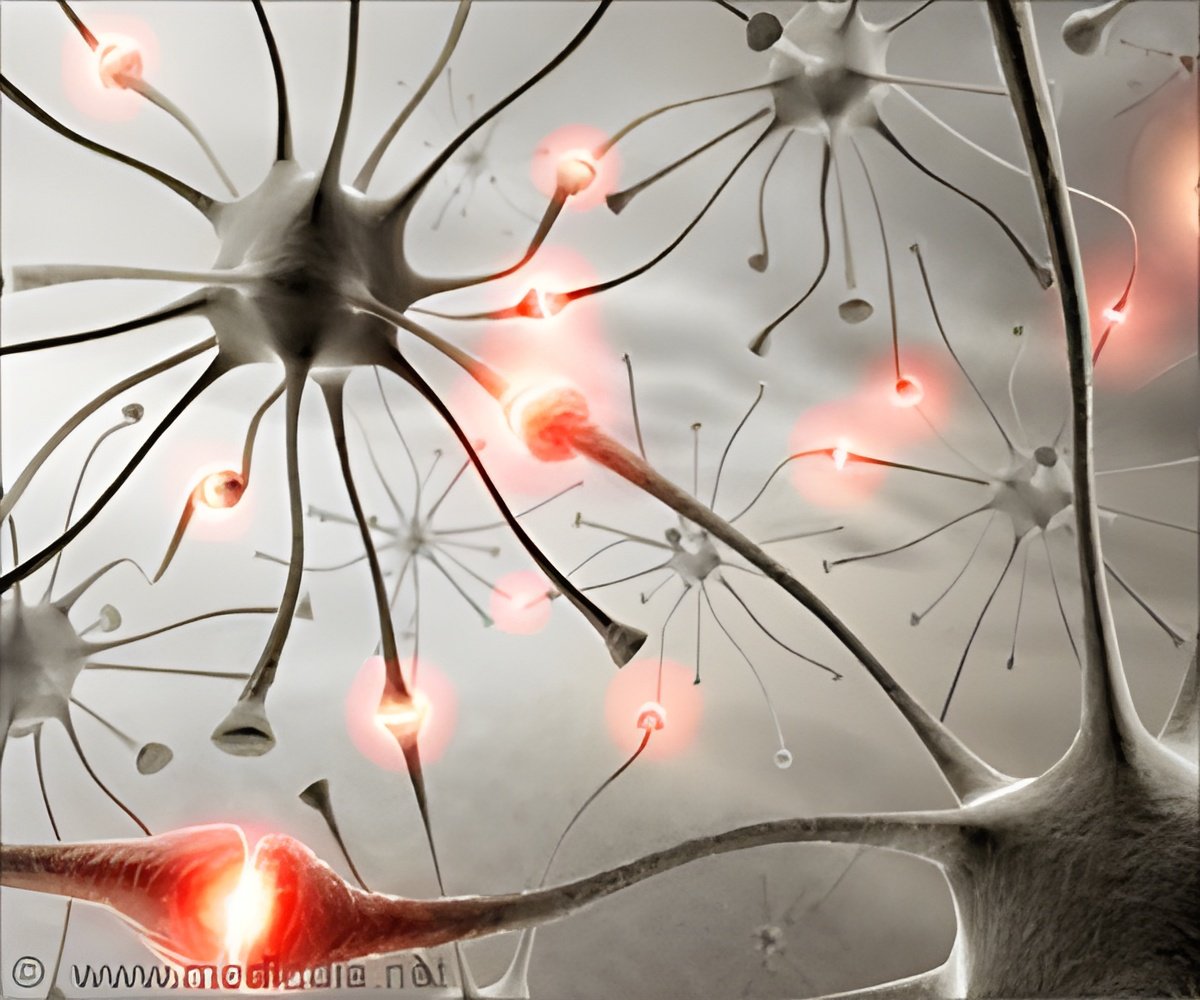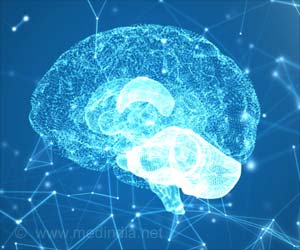Spatial learning and memory in the mouse brain can be controlled using astrocyte networks according to a new study.

‘Neural homeostasis is found to be maintained in the adult brain by the collective functioning of the intact glial network (support cells of neurons — astrocytes and microglia)
’





“Astrocyte functions are known to be involved in shaping cognitive abilities. Our study now shows that an intact astrocyte network is critical for spatial memory formation in adult mice. Astrocytes and microglia not only changed their morphology, we also found alterations in specific markers that are characteristic to disease-associated microglia,” says Ladina Hösli, first author of the study Institute of Pharmacology and Toxicology of the University of Zurich (UZH). Thus, astrocyte coupling in the adult brain of mice contributes to neural functioning in the hippocampus, a brain region that is involved in spatial memory formation.
Source-Medindia









